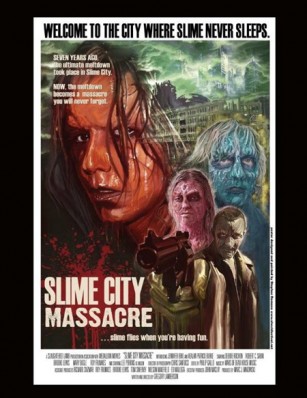Nickolas Cook (editor-in-chief)
Publishing Credits: Nickolas has had dozens of short stories and non-fiction reviews and articles published in print and electronic formats. He has been the fiction moderator for Shocklines.com for over four years. To date, his two published novels, THE BLACK BEAST OF ALGERNON WOOD (Dailey Swan Publishing), BALEFUL EYE (currently in pre-production with new publisher) and ALICE IN ZOMBIELAND 2nd Edition with Sourcebooks 2011, all of which have received several positive reviews and he’s been said to display a true craftsmanship missing in much of modern horror. His first short story collection, 'ROUND MIDNIGHT AND OTHER TALES OF LOST SOULS was recently released from Damnation Books.. He also has several new releases forthcoming from various publishers. Stay tuned for more news on his official website and his Facebook Page as listed below
Personal Info: Nickolas lives in the beautiful Southwestern desert with his wife and four wonderful Chinese Pugs, who are worse than little children…the dogs, not the wife.
Visit me at my official website, THE HORROR JAZZ AND BLUES REVUE
He also has a very active Facebook page
Or email him at Nickolasecook@aol.com

Co-Editor: Brian M. Sammons has been writing reviews on all things horror for more years than he'd care to admit. Wanting to give other critics the chance to ravage his work for a change, Brian has also penned a few short stories that have appeared in such anthologies as Arkham Tales, Horrors Beyond, Monstrous, and Dead but Dreaming 2. Some of the magazines where you can find his twisted tales are Bare Bone, Cthulhu Sex, and Dark Animus. He co-edited the upcoming anthology Cthulhu Unbound 3, has his first novella coming out called The R'lyeh Singularity, co-written with David Conyers, and is currently editing other fright collections, including the soon to be release Undead & Unbound. For more about this guy whose neighbors describe as "such
nice, quiet man" you can check out his very infrequently updated webpage here: http://www.freewebs.com/brian_sammons/

Bill Breedlove is a writer and editor whose work has appeared in publications such as RedEye, Chicago Tribune, Metazen, InSider, The Fortune News, Encyclopedia of Actuarial Science, Bluefood, and Playboy Online. Some of his stories can be found in the books TALES OF FORBIDDEN PASSION, STRANGE CREATURES, TAILS FROM THE PET SHOP, BOOK OF DEAD THINGS, CTHULHU & THE COEDs and BLOOD AND DONUTS. He is also the editor of the anthologies CANDY IN THE DUMPSTER, WAITING FOR OCTOBER, LIKE A CHINESE TATTOO, MIGHTY UNCLEAN, WHEN THE NIGHT COMES DOWN and (with John Everson) SWALLOWED BY THE CRACKS. He lives in Chicago.

MyMiserys (aka Kim Cook)
Personal Info: Kim lives in the Arizona desert with her husband, Nickolas Cook, and a pack of Pugs. She met Nick in 1997 in an old AOL Horror chat room and they married a year later on Halloween 1998. She has had a passion for horror novels since the tender age of 12, when she read The Exorcist (before it was made into a movie). Her favorite author, other than Nick, is Stephen King, and she truly considers herself his “Number One Fan”. She has been reading and collecting King’s books since “Carrie” was first published. When she is not reading, Kim bakes …and bakes and bakes. You can see pictures of her wonderful cakes on her MySpace page and Facebook. Each month Kim asks a featured author “13 Questions” so Black Glove readers can get to know a little about the person behind the books.
Guilty pleasure? MeatLoaf...the man...not the entrée.
Facebook Page

Carey M. Copeland has worked in television, radio and film. He has been a special effects artist on several film and TV productions, through The Joe Blasco Makeup Academy of Orlando Florida. Having worked at Sally Industries (now Sally Corp) , he helped design dark ride exhibits around the world, including the E.T. ride at Universal Studios Florida. Carey has been a lifelong horror fan and knew after seeing a rerun of “NIGHT OF THE LIVING DEAD” that he wanted to make monsters for a living. Carey says, “I love the creativity of the movies from 1930’s to 1990’s. It seems that with the creation of more affordable computers, the solid effects artist has become almost extinct. When you see a movie now, it’s almost all CGI, with practically no hands-on sculpting and molding. ”
Bill Lindblad has been a bookseller specializing in horror and other genre fiction for roughly fifteen years. He is a regular contributor to the writing blog Storytellers Unplugged and has been a staple at conventions for almost a quarter of a century (as an attendee, dealer, panelist, auctioneer and convention staff.) Bill is an unrepentant fan and has taken this out on the pets... as ferrets Mughi (Dirty Pair) and Boingo, cats Gamera and Shane (after Shane MacGowan) and black labrador Grue (Dying Earth and Infocom games) could attest were they able to talk. His wife makes him watch too many strange movies.

Jenny Orosel has been published in fiction and nonfiction for the past nine years. She is also an avid baker and candy-maker (having only set a kitchen on fire once). She has also appeared in numerous game shows, worked on two feature films, and won an award for her first animated short film (also including fire, this time on purpose). When not writing or making sugary treats, she is forcing Bill to sit through some of the strangest movies he’s ever seen.

Lisa Morton is a screenwriter and the author of four non-fiction
books, including THE CINEMA OF TSUI HARK. She is a four-time winner of
the Bram Stoker award, a recipient of the Black Quill Award, and has
published fifty works of short fiction. Her first novel, THE CASTLE OF
LOS ANGELES, was released by Gray Friar Press in 2010 (Gray Friar Press) and her first collection, MONSTERS OF L.A., will be published by Bad Moon Books for
Halloween 2011. She lives online at http://www.lisamorton.com

Karen L. Newman lives in Kentucky where she's a Kentucky Colonel and an active member of Horror Writers Association. She edits the magazines Illumen and Cosmic Crime Stories. She’s also a book editor for Morrigan Books. She’s been named Chair of the 2011 Bram Stoker Award jury for Superior Achievement in a Poetry Collection and is the 2011-2012 East Regional Director for the Kentucky State Poetry Society. She edited the online magazine, Afterburn SF for over four years before the market closed. Over four hundred of her short stories and poems have been published both online and in print in places such as Dark Tales of Terror, Kentucky Monthly, and The Pedestal Magazine. Her poetry collections include EEKU (Sam’s Dot, 2005), ChemICKals (Naked Snake Press, 2007), Toward Absolute Zero (Sam’s Dot, 2009), and ChemICKal Reactions (Naked Snake Press, 2010). Two of her poems received honorable mention in The Year’s Best Fantasy and Horror. She's been nominated for a Rhysling Award, James B. Baker Award, and twice nominated for a Dwarf Star Award. Please visit her online at http://home.zoomnet.net/~karennew
JW Schnarr is a horror writer originally from Calgary, Alberta Canada. He is the author of the novel Alice & Dorothy as well as the short fiction collection Things Falling Apart. A member of the HWA and SF Canada, he can be seen lurking in places such as Best New Zombie Tales Volume II (Books of the Dead Press) where Rue Morgue magazine dubbed his story "Freshest Tale" of the anthology. He's also been spotted in Andromeda Spaceways Inflight Magazine and will also be found in Slices of Flesh (Dark Moon Books) alongside the likes of Ramsey Campbell and Jack Ketchum.
Schnarr has a space at Black Glove Magazine where he writes a monthly editorial titled The Hand That Reads. By day he works as a reporter and photographer for the Claresholm Local Press in Claresholm, Alberta. Look him up on Facebook, Twitter, or Goodreads, or check out his blog at jwschnarr.blogspot.com.
Anthony Servante is a retired college professor with post-graduate studies in the field of the Grotesque and Horror in the Romantic Age, where vampires and Frankenstein monsters were born. It was a dream subject in his studies—to follow and write academically about monsters. He exhorts the academics of horror in his column, Servante of Darkness. He has since begun his nonprofit project: “Read THIS! Scaring Up Readers”, a book giveaway Program that donates books in the fields of Horror, Fantasy, Mystery, and Science Fiction to college-bound students to enjoy the genres Anthony has read and enjoyed since he was a kid. He critically respects old school Horror writers and encourages new schoolers in his reviews. In retirement, he hopes to push for publication of his short stories, continue to write on trends in horror, and review books, movies, and music.

Jason Shayer
Recent publishing credits:
Necrotic Tissue #6, the Dead Science and Through the Eyes of the Undead anthologies, and Arcane magazine.
He's also a regular contributor to Back Issue! magazine, a comic book magazine spotlighting the 1970s and 1980s.
Personal Info:
Jason Shayer's 12-year-old mind frame has given more than a few people a reason to raise an eyebrow, most often his wife. When he’s not writing or reading, he’s teaching his kids the finer points of zombie lore.
URL: http://marvel1980s.blogspot.com/
Contact info: jshayer@yahoo.com


















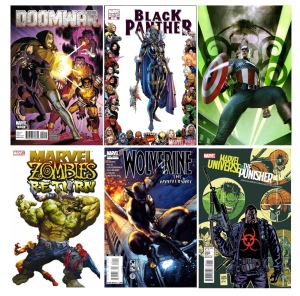

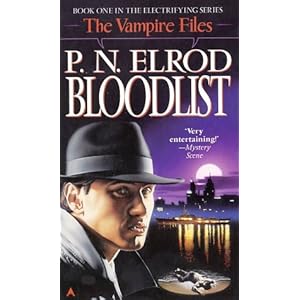
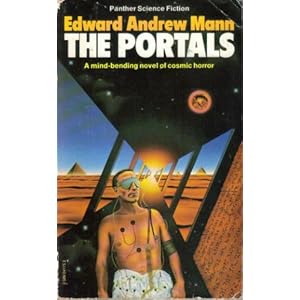


_ebook.jpg)













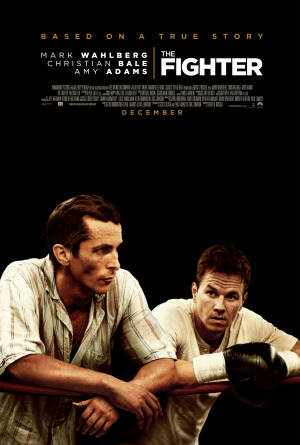

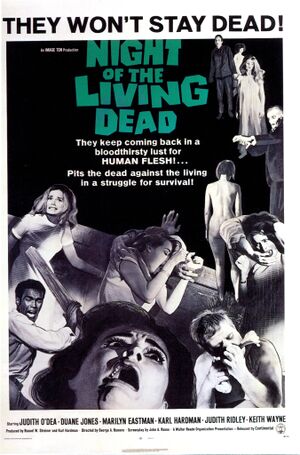

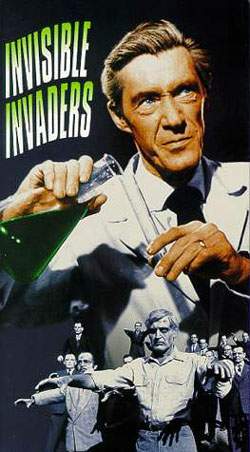



.gif)




